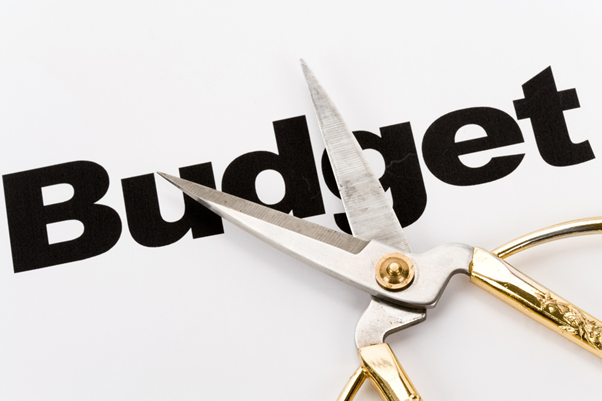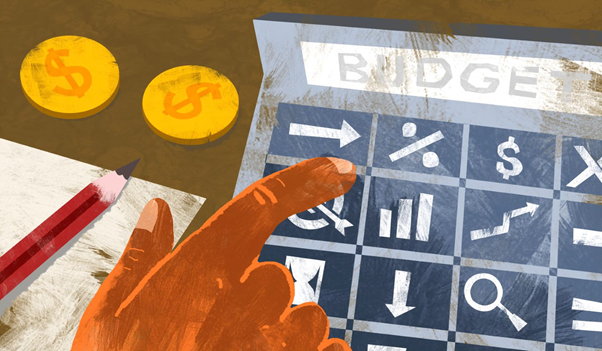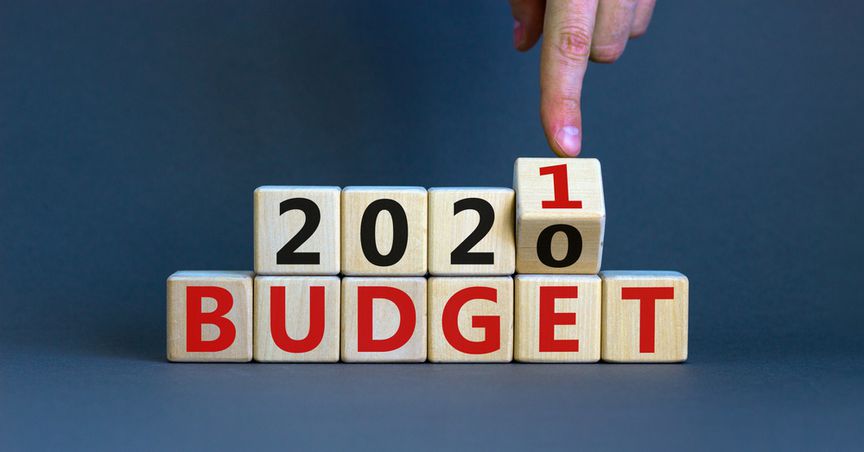The New Zealand government has released its budget for 2021, which it has dubbed as "Wellbeing Budget" because it was established in response to the economic challenges posed by COVID-19.
The budget has focussed on benefits and health being the 2 major areas this year. Finance Minister Grant Robertson revealed plans of billions to be spent on benefits while keeping a cap on debt and major spending plans.
Here are 10 takeaways from this year’s budget-
1. A $3.3-billion lift to benefits
Robertson has announced a $3.3-billion spending to boost benefit levels over the next 4 years. All weekly benefit rates for those who are out of work will be increased by $32-$55 per adult by the middle of 2022. The move has been taken to tackle inequality and child poverty, as well as reinstating the Training Incentive Allowance.

Source: © Devonyu | Megapixl.com
The benefits boost was compared to the cuts implemented 30 years ago by Robertson. He stated that he was trying to reverse the loss from the 1991 budget.
A total of 109,000 families with children will be $175 per week better off due to changes made by the Government since 2017.
2. $4.7 billion investment in health sector
The Government has also made allocations for the health sector, which fought the COVID-19 pandemic head on. The sector will get a $4.7-billion operating investment over the forecast period.
District health boards will receive $2.7 billion to adapt to the new cost burdens, while almost half a billion dollars will be spent to destroy certain health boards under sweeping legislation changes announced this year. A $200-million boost has also been given to drug-buyer agency Pharmac.
3. KiwiRail gets $1.3 billion
The government has allocated $1.3 billion to KiwiRail in the budget. This also included switching wagons and locomotives, and investment in tracks and infrastructure. With $85 million in funding, a local wagon assembly plant will be installed at the Hillside Engineering Workshops in Dunedin.
One hundred and fifty building jobs and up to 45 operating KiwiRail jobs, including apprenticeships, are projected to be created as a result of the facility.
4. Education
The government has given $170 million towards moving qualified and certified teachers in education and care services closer to pay parity with kindergarten teacher pay.
DO READ: How Did these 6 NZX Stocks Perform Pre-Budget?--- STU, TWR, NZME, NWF, TRU, MWE
5. Climate change
An amount of $300 million has been allocated to NZ Green Investment Finance Limited (NZGIF), the investment vehicle established in the Labour/Greens Confidence and Supply Agreement in the last term of the government.

Image Source: Copyright © 2021 Kalkine Media
Budget 2021 also created a $302-million marked contingency to employ a regime to incentivise the acceptance of low-emissions vehicles. A total of $67.4 million has been allotted to implement the Carbon Neutral Government programme, the extension of the Warmer Kiwi Homes programme for another 47,700 homes along with more support for the Low Emission Vehicle Fund.
6. Increased Infrastructure spending
A $57.3-billion capital spending plan from 2021 to 2025 is the cornerstone of Budget 2021's expenditures to fuel growth. For the next four years, the multi-year capital allowance will be expanded by $4 billion, increasing it to $12 billion.
A total of $10 billion of investment in roads and public transport projects through Waka Kotahi, $5.6 billion in education, $810 million toward rail and a further $700 million for District Health Boards’ capital investment have also been allocated.
7. Housing to be made more affordable
The government is on track to deliver on the pledge of over 18,000 additional affordable and transitional housing places by the end of 2024.
The Budget has also appropriated the funding to set up a $3.8-billion Housing Acceleration Fund to support rebuild from the COVID-19 pandemic. Investment of $380 million will also be made in Maori housing through Whai Kāinga Whai Oranga initiative.
ALSO READ: Would New Zealand’s SMEs Gain From Budget 2021?
8. $1.5 billion allocation towards COVID-19 vaccine
An amount of $1.5 billion has been allocated to COVID-19 Vaccine and Immunisation Programme, which will provide free, fair and equitable access to COVID-19 vaccines.
An amount of $333 million in additional operating and capital funding from the CRRF has been given to back the ongoing management of MIQ and other border services.
9. Government books expected to look better
Net debt is expected to reach 43.6% of GDP in 2025, down from previous estimation of 46.9% of GDP. Government finances are anticipated to be $100 billion better off in 2025, while net core Crown debt will be $180.8 billion, down from $190 billion forecasted in December 2020.
The NZ government expects to return to surplus in 2027.
DO READ: 5 NZX Stocks To Watch Out For On Budget Day- KPG, SKT, AIA, GTK, PX1
10. Economic growth ahead
Robertson revealed strong economic recovery was expected ahead. The NZ economy is anticipated to grow at 2.9% in 2021 and at 4.4% in June 2023.
(NOTE: Currency is reported in NZ Dollar unless stated otherwise)



